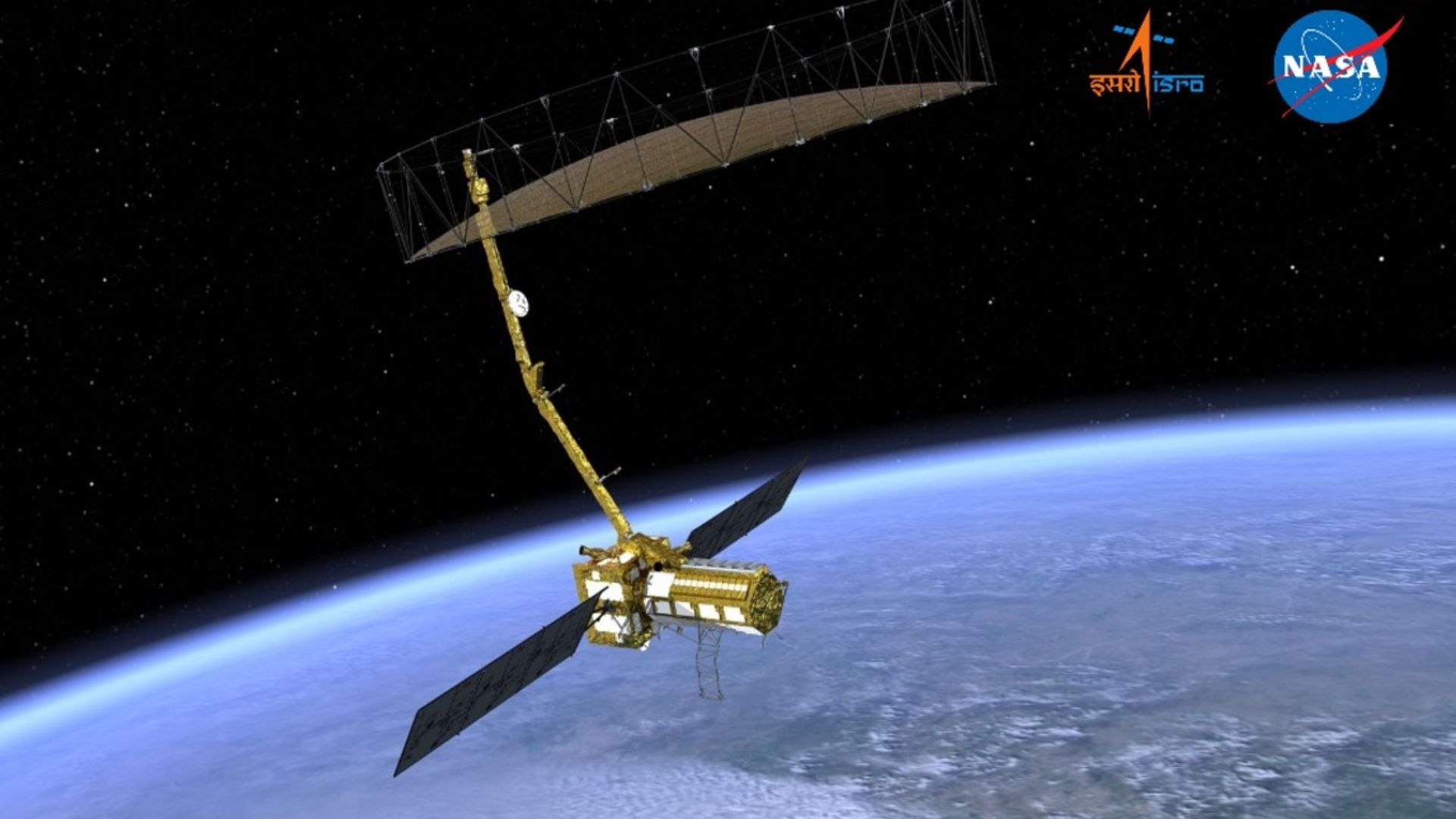New Delhi: ISRO is launching the GSLV-F16 satellite from the second launch pad at the Satish Dhawan Space Centre (SDSC) in the Sriharikota High Altitude Range (SHAR) at 17:40 hours IST on 30 July, 2025. The only payload on board is the NASA-ISRO Synthetic Aperture Radar (NISAR) satellite, a highly-anticipated mission that is the first collaboration of its kind between NASA’s Jet Propulsion Laboratory and ISRO’s Space Applications Centre (SAC). There are a pair of radar payloads on board, one by ISRO and one by NASA, that use the same radar reflector antenna, and an innovative new sweep SAR technology. Both NASA and ISRO will be livestreaming the launch.
The pre-launch programming will begin at 17:10 hours by ISRO, while NASA will start its stream at 16:30 hours IST. Minister of State for Space, Jitendra Singh said, “It will allow continuous monitoring of ecosystem disturbances and help assess natural hazards such as earthquakes, tsunamis, volcanic eruptions, and landslides. It will track even subtle changes in the Earth’s crust and surface movement. Importantly, the satellite’s data will also be used for sea ice classification, ship detection, shoreline monitoring, storm tracking, crop mapping, and changes in soil moisture—all of which are vital for governments, researchers, and disaster management agencies.”
ISRO and NASA contributions to NISAR
NASA will be spending an estimated 1.2 billion USD over the course of the mission. The monetary contribution from India is around the figure of 100 million USD, but the two agencies calculate the budgets very differently, with only including the direct costs such as hardware, fuel and operational expenses, and excludes the salaries of the employees, that are covered under the agency’s budget, not the mission budget. NASA is providing the 12 metre wide antenna, the boom to support it, and the L-band radar, while ISRO is providing the spacecraft bus itself, the solar arrays, the S-band radar and the launch vehicle, which is the tallest in ISRO’s fleet.
